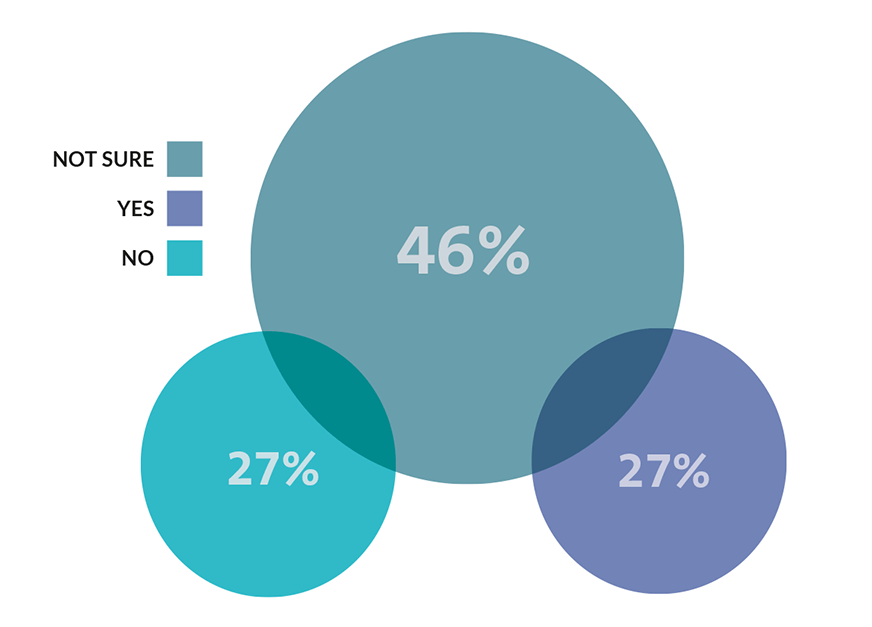Covid-19 has changed so many aspects of life and business – global trade is no exception. With trade flows declining, and commercial payments following suit, Aoife Wallace, Head of Trade & Working Capital Europe, Barclays, and Daniela Eder, Head of Payments & Cash Management Europe, Barclays, examine how treasurers can play their part in supporting the recovery – from financing their supply chain partners to digitising trade and cash management workflows.
Even before the term ‘Covid-19’ was on the lips of treasurers across the world, challenges to the future of global trade and supply chains were looming. International trade tensions, coupled with ongoing Brexit negotiations, not to mention the upcoming US Presidential election, were all causing ripples. In turn, this uncertainty was impacting corporates’ requirements for trade- and supply chain finance (see fig. 1)
Fig 1: Need for increased trade and working capital facilities in 2020 |
Inevitably, this is impacting other areas too: Eurozone GDP for Q2 2020 shrunk by 15% year-on-year [2], for example. Commercial payments have also been significantly stunted due to the drop in trade. Eder comments: “Although e-commerce has risen enormously during lockdown as businesses have embraced new business models, Eurozone commercial payments for Q2 2020 were down 11% – according to data issued by SWIFT in August 2020 – and this is closely linked to the drop in trade. Likewise global commercial payments flows dropped by 10% during that same window.”
Smart financing solutions
While small green shoots of recovery are starting to emerge, the overall decrease in trade flows – combined with pre-existing geopolitical tensions – is a significant challenge for businesses, not to mention the global economy. Eder comments: “Companies have found that, even if they are surviving the crisis, their suppliers may be at risk. We have heard anecdotal evidence of large corporates offering financing to their suppliers during the Covid-19 crisis, simply to help those suppliers keep their heads above water, and to maintain the security of the overall supply chain.”
Sign up for free to read the full article
Register Login with LinkedInAlready have an account?
Login
Download our Free Treasury App for mobile and tablet to read articles – no log in required.
Download Version Download Version


























